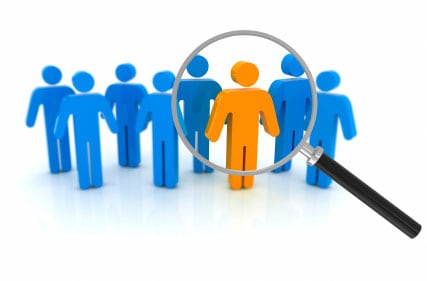
The DNA Adoption web site was created by a group of adoption search angels, genetic genealogists, and Information Technology professionals.
Although the site’s primary focus is to help adoptees identify birth families through their DNA matches, many genealogists are also using the site.
It combines a unique methodology co-developed by Diane Harman-Hoog with a set of online tools created by Rob Warthen and others that make the methodology easier to implement.
Recommended DNA Tests for Adoptees
Like me, the folks at DNA Adoption recommend that adoptees get into all three autosomal DNA databases by taking the following DNA tests:
Family Finder by Family Tree DNA
Male adoptees should also take the 37-marker or 67-marker Y-DNA test at Family Tree DNA.
We also agree that mitochondrial DNA testing is rarely useful in the case of adoptees searching for birth families.
The Luckiest Adoptees Won’t Need This
Some adoptees who take the above tests will immediately uncover a close relative. This might be a parent, sibling, aunt, uncle or close cousin. In these cases, which are becoming more common as the databases grow, the mystery of the adoptee’s birth can often be solved without any special tools.
Most Adoptees Need DNA Adoption
The majority of adoptees, however, will only see distant cousins among their matches. A fourth cousin, for example, will share a pair of great-great-great grandparents with you.
Adoptees have unknown family trees. But many of your matches will be genealogists with extensive family trees, many of which are shared online.
Unfortunately, each of your 4th cousin matches has 16 pairs of ggg-grandparents. And each of those couples probably had a large number of children who had many more children and so on. Even if your match has a complete family tree, working your way forward in time down all those branches to the time of your birth is way too much work.

You need a shortcut that points to one particular person as your “most recent common ancestor” (MRCA).
The Methodology
DNA Adoption uses a process called “triangulation.” Some of your DNA matches will be related to each other. By comparing the family trees of two or more of your matches who are “in common with” (ICW) each other, you can often find their common ancestor…who is also your common ancestor.
The Tools
The people behind this site have created or collected a number of online tools to make this process easier. For example, some tools take your match data and organize matches with overlapping segments into sets. Others help you search and compare the family trees of your matches.

Some tools reside on the DNA Adoption site, some are on a sister site, DNAGedcom, and others are on third-party sites.
These tools generate a lot of information that needs to be saved in spreadsheets. If you are not already familiar with a spreadsheet program such as Excel, you will need to learn how to use one.
Getting Help
The site includes many useful reference documents. You can also get help with the methodology and tools from search angels and adoptees who have successfully used them. Check out these discussion groups:
https://groups.google.com/g/dnaadoption/about?pli=1
Online Classes
DNA Adoption and DNAGedcom sponsor several online classes that will teach you how to work with your DNA results and how to implement the methodology. The cost is reasonable, just $25-$35 per class and financial assistance may be available.
You can see the list of classes here.
